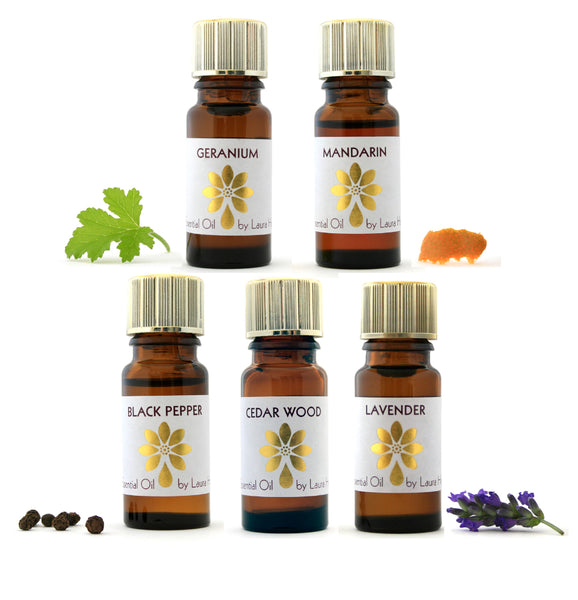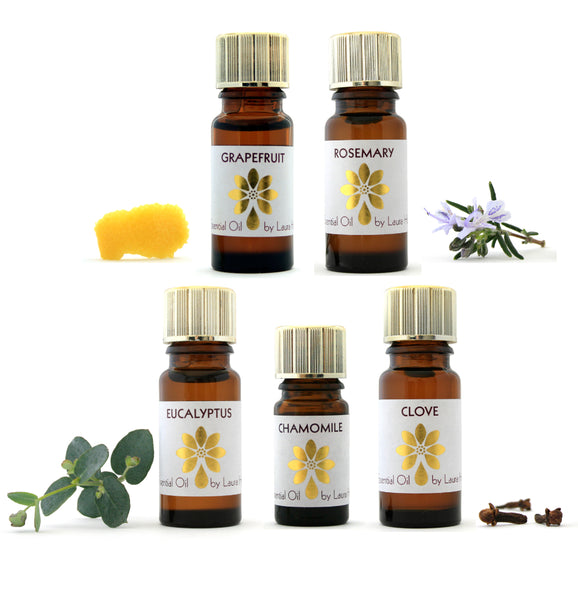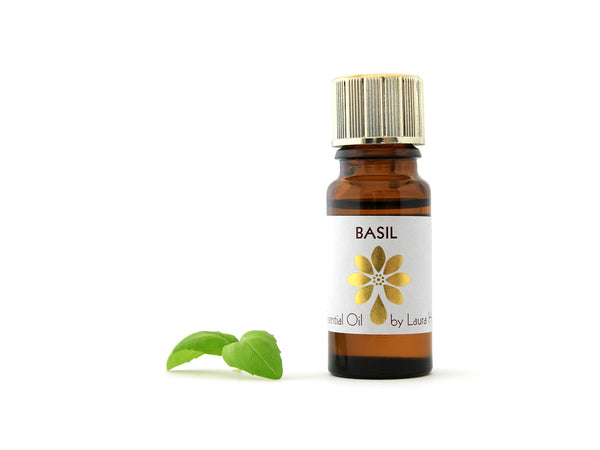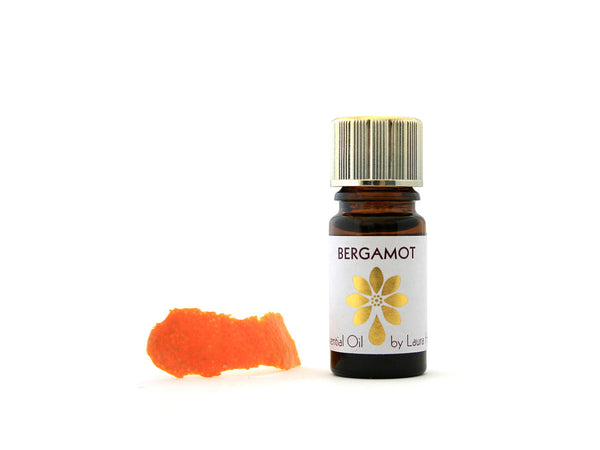Tea Tree Essential Oil
Tea Tree Essential Oil
INCI name: Melaleuca alternifolia leaf oil
County of Origin: Australia
Production method: Steam distilled from the leaves of the tree.
Use: A strong, powerful, clearing oil that is useful for clearing lungs and respiratory system. It's also very anti-microbial so a useful oil to use in a sick room in a burner or diffuser.
Scent: Strong, medicinal, fresh scent.
Chemistry: Main constituents: Terpinene-4-ol, alpha-terpineol, gamma-terpinene and para-cymene.
Cautions: External use only, dilute in carrier oil before use on skin.
Other Common Names: Paperbark, Ti Tree, Melaleuca, Melaleuca oil tree.
Research: There have been many studies into the effects of Tea Tree oil, these include work by A.R. Penfold in the 1920’s, work by Dr Paul Belaiche, Faculty of Medicine at the University of Paris in 1985, Carson and Riley in 1995, to name a few, all of which demonstrated Tea Tree’s anti-bacterial prowess.
Extractopm & Farming Method: Tea Tree essential oil is extracted via steam distillation of the leaves and green branchlets. Tea Tree is grown in plantations in northern New South Wales and south east Queensland.
Plantation trees are planted in rows, are kept to a maximum height of 4 metres, they are machine harvested and are then steam distilled immediately to maintain quality Tea Tree essential oil.
History of Tea Tree Essential Oil:
Traditional Usage: Indigenous people, would put rocks in their fires, until the rocks were extremely hot, these rocks were then place into small pools of water, often by small waterways. The water in the pool would then steam, Tea Tree leaves and branchlets were place into the steaming water and the oil vapour was inhaled for respiratory conditions.
Another use was where leaves and small branchlets were ‘stuck’ onto troubled areas with wet mud onto the affected area.
Early European usage: There were several small distillations of small wild populations, particularly around the northern New South Wales region in the early 1900’s. When raw materials (antiseptics) were in short supply in World War 1 and 2, soldiers would carry the oil with them, as a first aid kit.
After World War II with the development of antibiotics, Tea Tree faded away.
Present Day usage: In the 1970’s Tea Tree oil was restarted by the Dean family, just south of Byron Bay. Tea Tree oil is now known around most of the world. In the 1980’s and 1990’s many Tea Tree oil farms were established around the northern New South Wales region. However the price crashed as some plantations were established in India and many other countries where labour is much cheaper. Essentially Australia sources its Tea Tree essential oil, directly from local northern New South Wales Tea Tree farmers, these farmers have been long involved with Tea Tree industry and their expertise and quality is second to none.
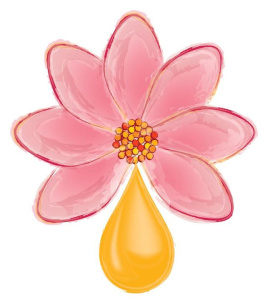 Essential Oils and You
Essential Oils and You



